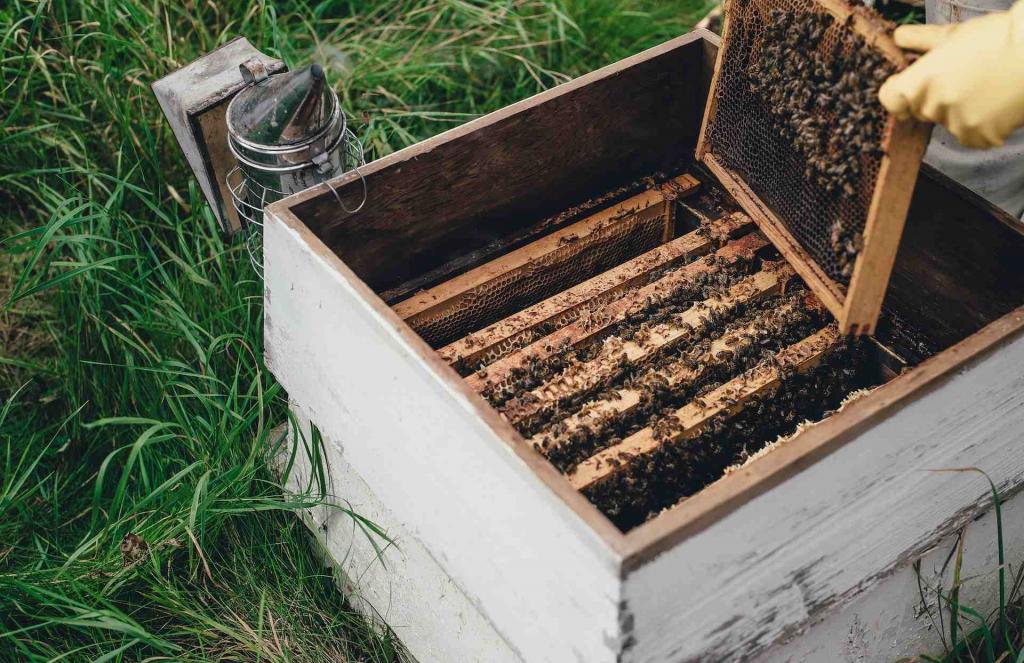Thessaloniki gets ready for its metro launch in November
The underground rapid transit lines have been under construction for almost two decades due to various project delays
 TheMayor.EU logo
TheMayor.EU logo 
The presence of honey-producing bees is a strong indicator of a healthy environment, Source: Unsplash
The method of using the honey-producing critters as the litmus test of sustainability is known as biomonitoring
Turin’s waste-to-energy plant has treated more than half a million tonnes of waste since its establishment providing heating energy to 9,300 homes. But what about the immediate surroundings of the plant?
Apparently, it is so pristine that honey is produced there – about 20 kilos per year. That is possible because last year, two beehives that have welcomed around 120,000 bees, had been placed there.
The presence of the insects verifies the health of the environment in a method called biomonitoring. The experiment unfolds by monitoring the behaviour, the health and the honey production capacity of the bees as a way to determine various environmental parameters, such as air purity.
The bees in question are pollinating some 60 million flowers surrounding the plant owned by Iren Group, an energy provider company.
The biomonitoring was carried out by the operators of the Apicolturaurbana association, partners in the initiative carried out by Iren, who had access to the hives to carry out two separate analyses. On the one hand, they studied the behaviour of the insect community and recorded any changes and on the other, they collected samples of honey, bees, wax and pollen, to then analyze the presence of polluting or dangerous substances.
“The analyzes carried out took into consideration numerous parameters and substances present in the samples, they made it possible to establish that the materials coming from the beehives are healthy, including the honey produced, which is therefore perfectly edible,” Iren reps explained, as quoted by News Italy 24.
“The area taken into consideration, which corresponds to that of the bees’ flight area, extends up to three kilometres from the hives, confirming the healthiness not only of the area closest to the plant but also in the surrounding areas”.

The underground rapid transit lines have been under construction for almost two decades due to various project delays

Now you can get your wine in Talence by paying directly in Bitcoin

That’s because the state has to spend money on updating the railway infrastructure rather than subsidizing the cost of the popular pass

Rethinking renewable energy sources for the urban landscape

The examples, compiled by Beyond Fossil Fuels, can inform and inspire communities and entrepreneurs that still feel trepidation at the prospect of energy transition

Now you can get your wine in Talence by paying directly in Bitcoin

The 10th European Conference on Sustainable Cities and Towns (ESCT) sets the stage for stronger cooperation between the EU, national and local level to fast track Europe's transition to climate neutrality.

At least, that’s the promise made by the mayor of Paris, Anne Hidalgo

The underground rapid transit lines have been under construction for almost two decades due to various project delays

At least, that’s the promise made by the mayor of Paris, Anne Hidalgo

Hostal de Pinós is located in the geographical centre of the autonomous region

Despite its church-y name, the district has long been known as the hangout spot for the artsy crowds

Urban dwellers across the EU are having a say in making their surroundings friendlier to people and the environment.

Forests in the EU can help green the European construction industry and bolster a continent-wide push for architectural improvements.

Apply by 10 November and do your part for the transformation of European public spaces

An interview with the Mayor of a Polish city that seeks to reinvent itself

An interview with the newly elected ICLEI President and Mayor of Malmö

A conversation with the Mayor of Lisbon about the spirit and dimensions of innovation present in the Portuguese capital














